Sunday – Mothers Day – a trip to an old Southern Plantation seemed like the thing to do. In 1807, Virginian John Harding bought


Dunham’s Station log cabin and 250 acres on the Natchez Trace – the main road through Nashville. Harding did sufficient business to build the first of two mansions on the property.
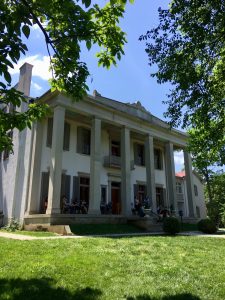
The plantation, that he named “Belle Meade,” French for beautiful meadow, and known as the “Queen of Southern Plantations”, was not used for farming, but rather various service enterprises such as a blacksmith shop, cotton gin, and a grist and saw mill. By 1816, Harding was boarding horses for neighbors such as Andrew Jackson and breeding thoroughbreds for the plantation which became renowned throughout the world. William Giles Harding inherited Belle Meade Plantation in 1839 and enlarged the mansion and the estate into a 5,400-acre plantation with
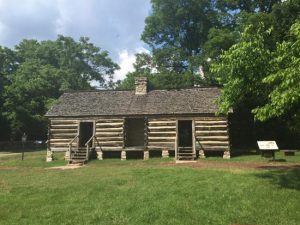
136 enslaved people. Racing and breeding operations came to a halt in the South with the onset of the Civil War but the plantation was able to survive during the war.
After the Civil War, Harding resumed his successful horse operations, though as a result of the Emancipation Proclamation of 1863 there was a reduced workforce. Of the 136 slaves living on the plantation prior to the war, only 72 workers chose to take employment with William Harding, though most lived off the property.
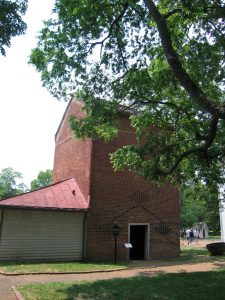
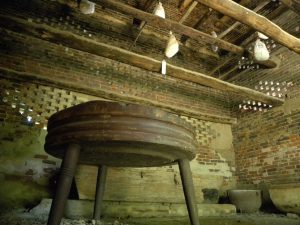
In 1868, his daughter Selene Harding married Confederate States Army General Williams Hicks Jackson on the one condition that the couple stay at Belle Meade following their marriage.
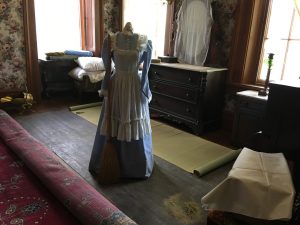

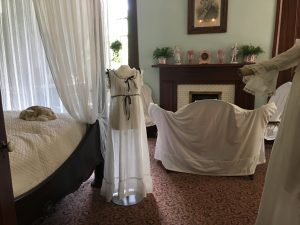
Selene managed the household affairs and Jackson co-managed the farm with his father in law. In 1875,
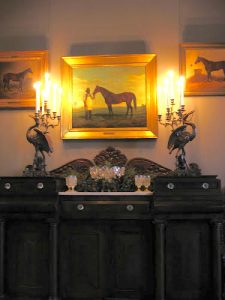
Harding and Jackson decided to focus exclusively on breeding, turning the plantation into an internationally renowned Thoroughbred farm and showplace.
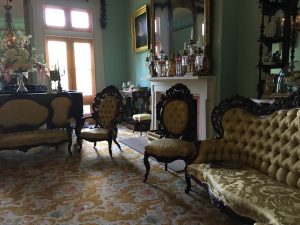
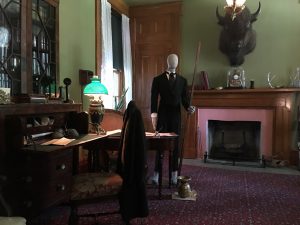
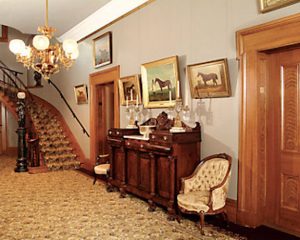
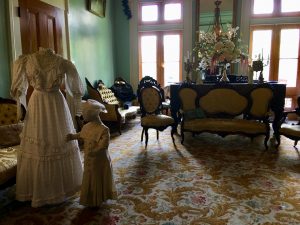
Belle Meade had many successful studs, including Bonnie Scotland and Enquirer, whose bloodlines still dominate modern racing. Jackson brought Belle Meade international fame by purchasing Iroquois in 1886 to stand at stud, becoming the leading sire of 1892. In 1881, Iroquois had been the first American-bred Thoroughbred race horse to win the prestigious Epsom Derby in England..

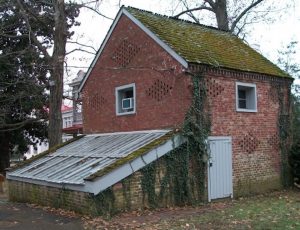
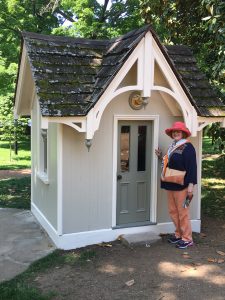
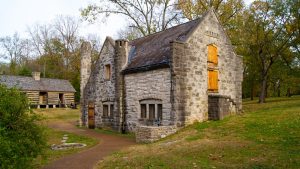
Following William Jackson’s death in 1903, and that of his son later the same year, it was decided to sell the plantation as a result of years of adverse financial conditions. A business syndicate called The Belle Meade Land Company purchased the plantation and developed the residential neighborhood of Belle Meade.

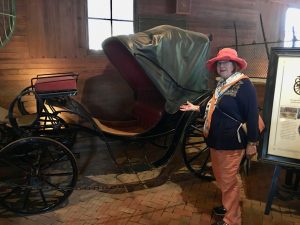
The mansion had a series of successive owners, and remained a private residence until 1953, when the State of Tennessee purchased the mansion and eight outbuildings on 30 acres. The state in turn deeded the property to the Association for the Preservation of Tennessee Antiquities.
We toured the Mansion, Smoke House, Carriage House and other building on the property. There is also a winery making wine from local grapes as well as from juice shipped in from California and Washington.
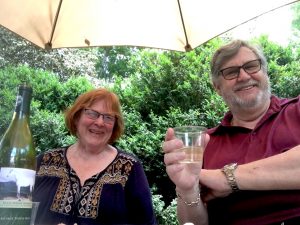
An aura of Victorian elegance and family business of a plantation has been preserved by the APTA and a “catalog” of Tennessee thoroughbreds adorns the mansion walls to this day. Southern magnolias adorn the grounds and southern hospitality is preserved as surely as the gold tempered red panes of glass over the entrance to Belle Meade.